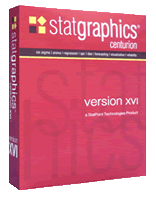Developed in the 1930ties Design of Experiments (DoE) was originally developed to optimize agricultural processes. Based on that it evolved to the standard method for product- and process-optimization in the whole industry. This is true for pharmaceutical applications, developments in automotive and especially for semiconductor industry. DoE can even be applied for psychological experiments or the optimization of direct marketing campaigns.
Central idea of DoE is to precisely plan which experiments are done - before the analysis begins. That way one can make sure to do just the right experiments to solve a specific problem. An important benefit of DoE is the ability to plan the right number of experiments: You will not do to many and not do too few.









